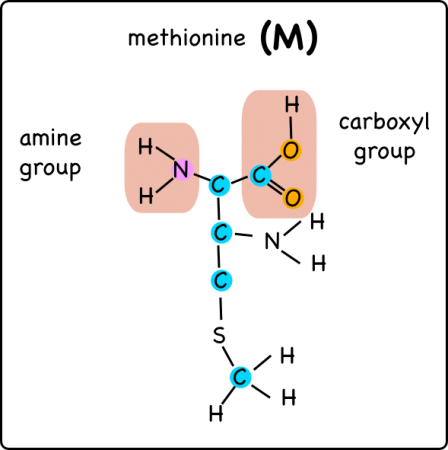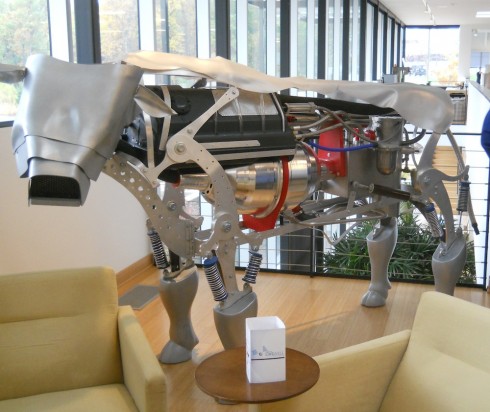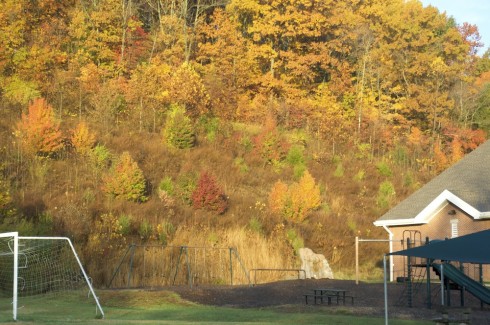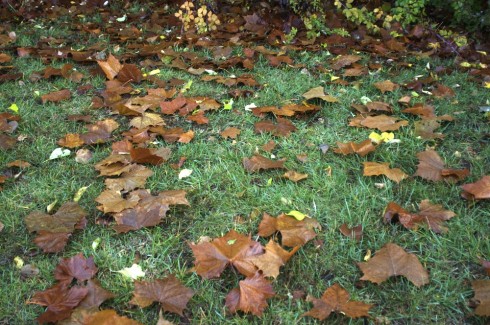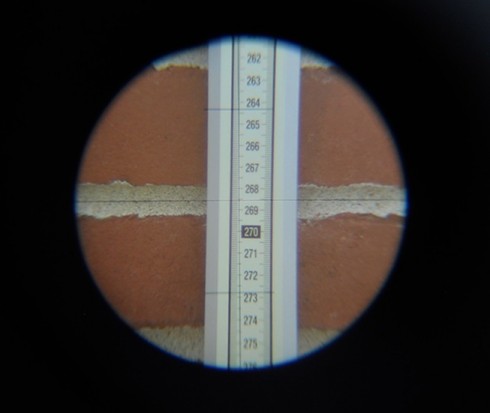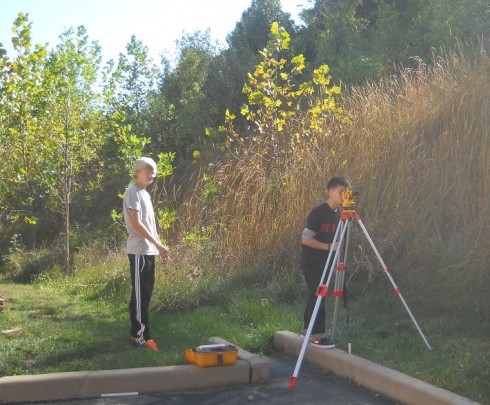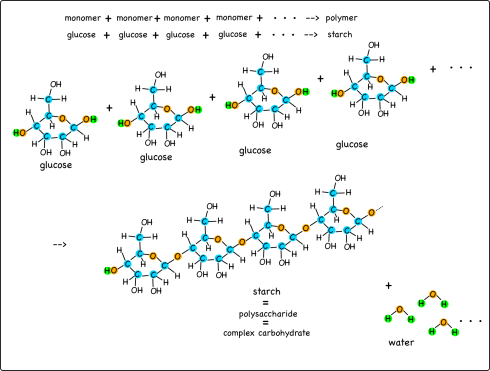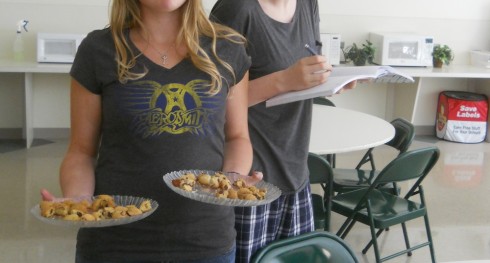One of my students asked me, “Can we spend next week working on our machine?” And I said yes.

This was a week and a half ago. I’d planned on to starting the discussion of conservation of energy as we transition from mechanical to thermal and electrical energy. However, I find it hard to resist when students ask to pursue an area of work. Students learn a lot more when they’re intrinsically motivated.
So, after the request to continue working on the machines I did an informal survey to see if the rest of the class were interested. They were quite interested, and the vast majority really wanted to continue on their projects — or something similar — rather than just having an opportunity to slack off.
I, therefore, let them have the time. My only requirement was that they state an objective for the week.
One group’s goal was to build a complex machine with 500x mechanical advantage. Another student — I let them choose their own groups or work alone — simply wanted to build a working pulley system; something he been having trouble with all month. A couple of other groups wanted to build robot projects.
And they went at it. All week long students would come into class eager to work. On Wednesday I got back into the science room a few minutes late for class, and they were all in there working away. It is a wonderful thing to be able to walk into a classroom with the whole class on-task and combining their new knowledge with their creativity.
Of course, after the first few days the projects evolved. I gave one group a Lego microcontroller and a quick lesson to help them activate the second part of their pulley system.
Another group quickly finished their robot and wanted some sort of track that it could follow. I did not have a track, but digging around in the store-room uncovered our track building kit — one of the ones with loops and jumps that’s great for learning about inertia, and conservation of energy. I also helped them out by giving them a fire pit (with green flames) for their marble to jump.
In retrospect, I realize that I should also have had them keep a daily diary of their work — I had to settle for summary at the end of the week instead — but they did some really exciting, self-directed work that I was really proud to see.

